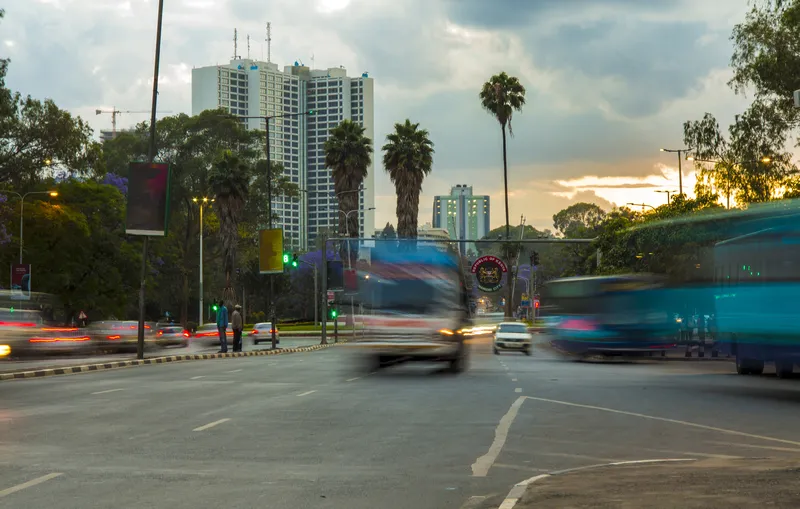
Improvements in the latest system include a modular face for the payment unit. This enables a parking operator to start with a simple unit and later add more functionality by inserting more facilities into the face, rather than having to replace the entire unit.
An operator, for example, can add a credit card payment slot for either normal or contactless cards, a transponder radar or a QR code reader.
The unit has a new processor that issues tickets more quickly than before. It is also more compact, enabling it to be positioned in smaller spaces than older systems. It is also easier to maintain, says Stephan Kürbig, Scheidt & Bachmann’s deputy head of project management, Germany.
The system can also be combined with third-party equipment, such as a long-range radar from a supplier such as Evopark that can read a parking tag on an approaching vehicle’s windscreen.
Scheidt & Bachmann showed a prototype of the new unit in Berlin last September, but Intertraffic is the first show at which it has displayed the production version, which it started to manufacture in January.










